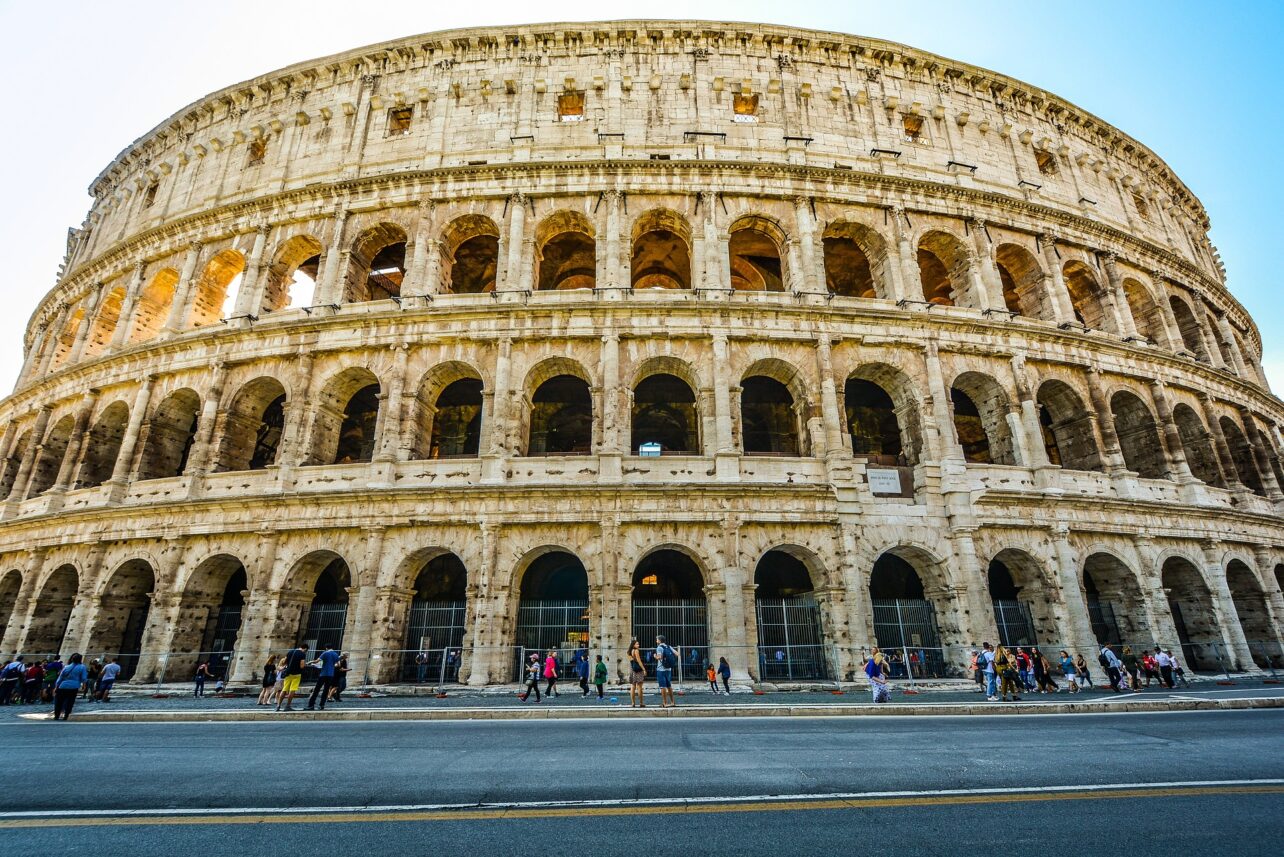Updated on: June 22, 2025
Italy is one of the most captivating countries in the world, a place where ancient ruins, rolling vineyards, snow-capped mountains, and sun-soaked coastlines all coexist in one unforgettable destination. Whether you’re drawn to world-famous cities like Rome and Venice, or seeking hidden gems tucked in hilltop villages and along coastal cliffs, Italy offers something for every type of traveler.
In this guide, we’ve curated 21 amazing places to visit across the country, each one showcasing a different side of Italy’s rich culture, history, and natural beauty. From the food and festivals to the art and architecture, every stop on this list is worth your time, your camera, and your taste buds.
Whether it’s your first visit or your tenth, let this list inspire your next Italian adventure, one unforgettable place at a time.
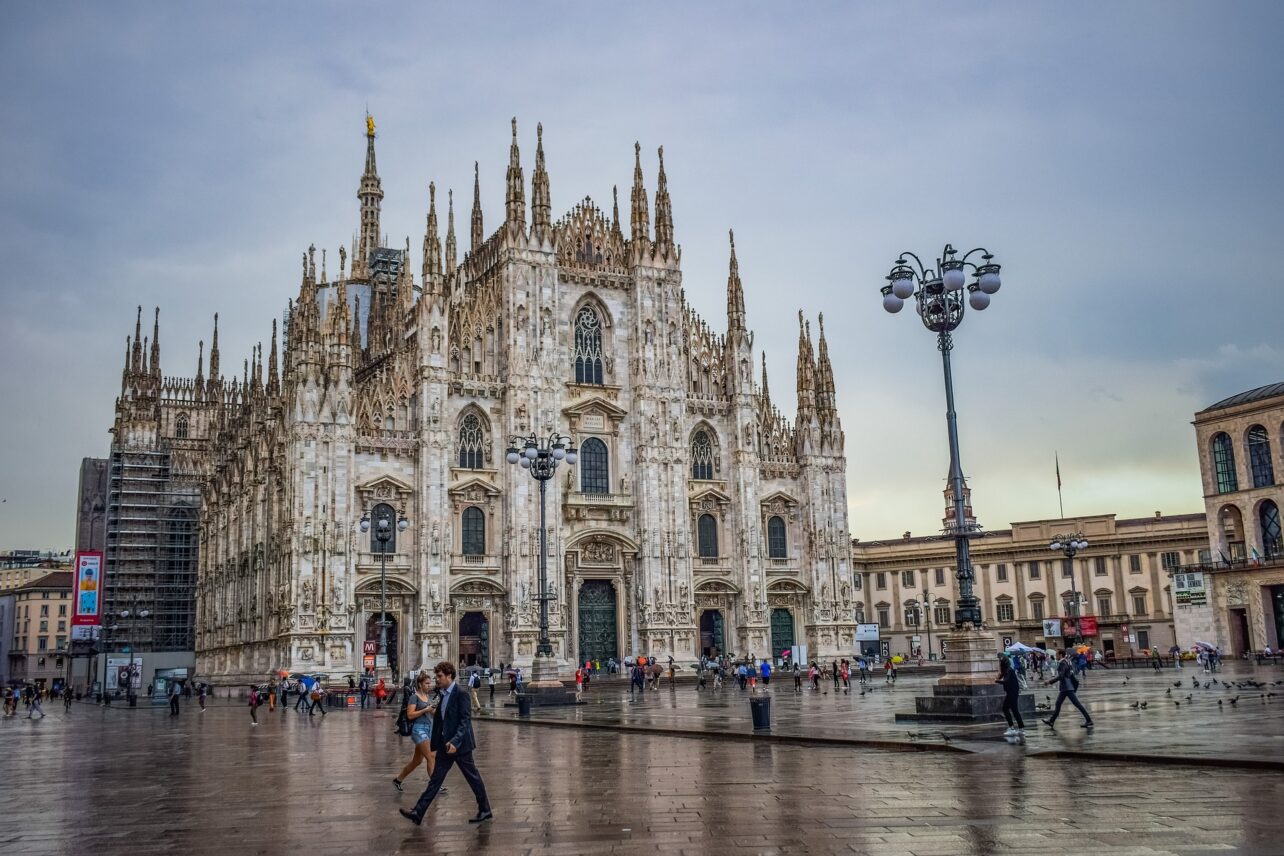
21. Milan – Fashion, Finance, and the Gothic Duomo
Milan is Italy’s modern heartbeat, a global capital of fashion, design, and finance. But beneath its sleek surface lies a deep artistic and cultural legacy. It’s home to one of the world’s most spectacular cathedrals and some of Leonardo da Vinci’s greatest works.
Top attractions:
- The magnificent Duomo di Milano, a Gothic masterpiece with over 3,000 statues
- Galleria Vittorio Emanuele II, a luxurious 19th-century shopping arcade
- Santa Maria delle Grazie, where Leonardo’s The Last Supper is housed
Beyond the sights, Milan offers cutting-edge restaurants, high-end boutiques, and an energetic nightlife scene. It’s a city where ancient churches share space with contemporary art galleries.
Travel tips:
- Book tickets early to see The Last Supper — visits are limited and tightly timed.
- Stay in the Brera or Navigli districts for a mix of charm, culture, and convenience.
- Visit in April or September for fashion events and mild weather.
Pro tip:
- Climb to the Duomo’s rooftop terrace — the views over Milan and its spires are breathtaking, especially at sunset.
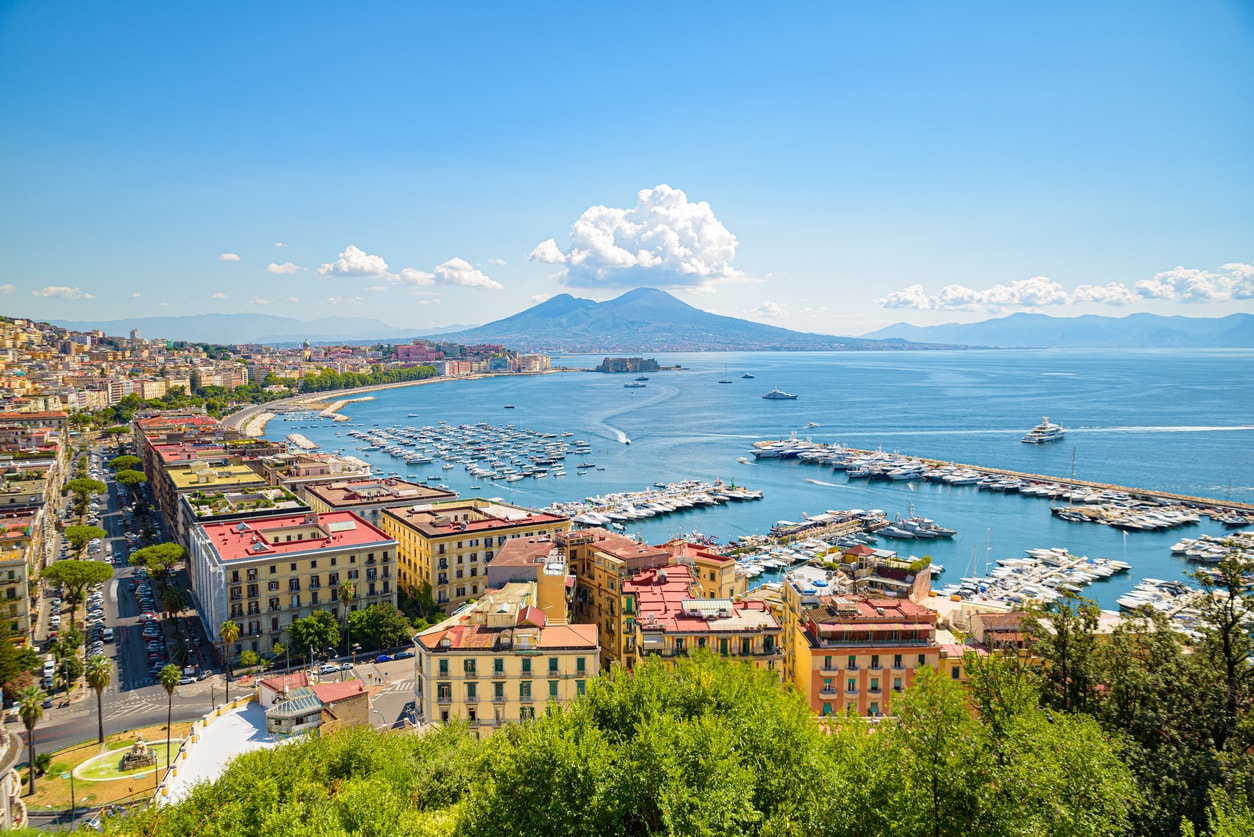
20. Naples – Italy’s Raw Energy and Culinary Soul
Naples is gritty, vibrant, and unforgettable, a city pulsing with energy, history, and flavor. Often misunderstood, it’s one of Italy’s most authentic urban experiences, offering a window into real southern Italian life. It’s also the birthplace of pizza, making it a must-visit for food lovers.
Top attractions:
- The Naples Historic Center, a UNESCO World Heritage Site packed with churches, markets, and underground ruins
- The National Archaeological Museum, which houses many treasures from nearby Pompeii
- Spaccanapoli, a narrow street that cuts through the heart of the old city
Naples also serves as a gateway to Mount Vesuvius, Pompeii, and the Amalfi Coast, but it deserves a few days of exploration on its own.
Travel tips:
- Stay in the Centro Storico to be close to street life and major sights
- Don’t miss a traditional Margherita pizza from L’Antica Pizzeria da Michele
- Visit in spring or fall when the weather is pleasant and the crowds manageable
Pro tip:
- Take a walking tour with a local, Naples is layered with stories you might miss on your own.
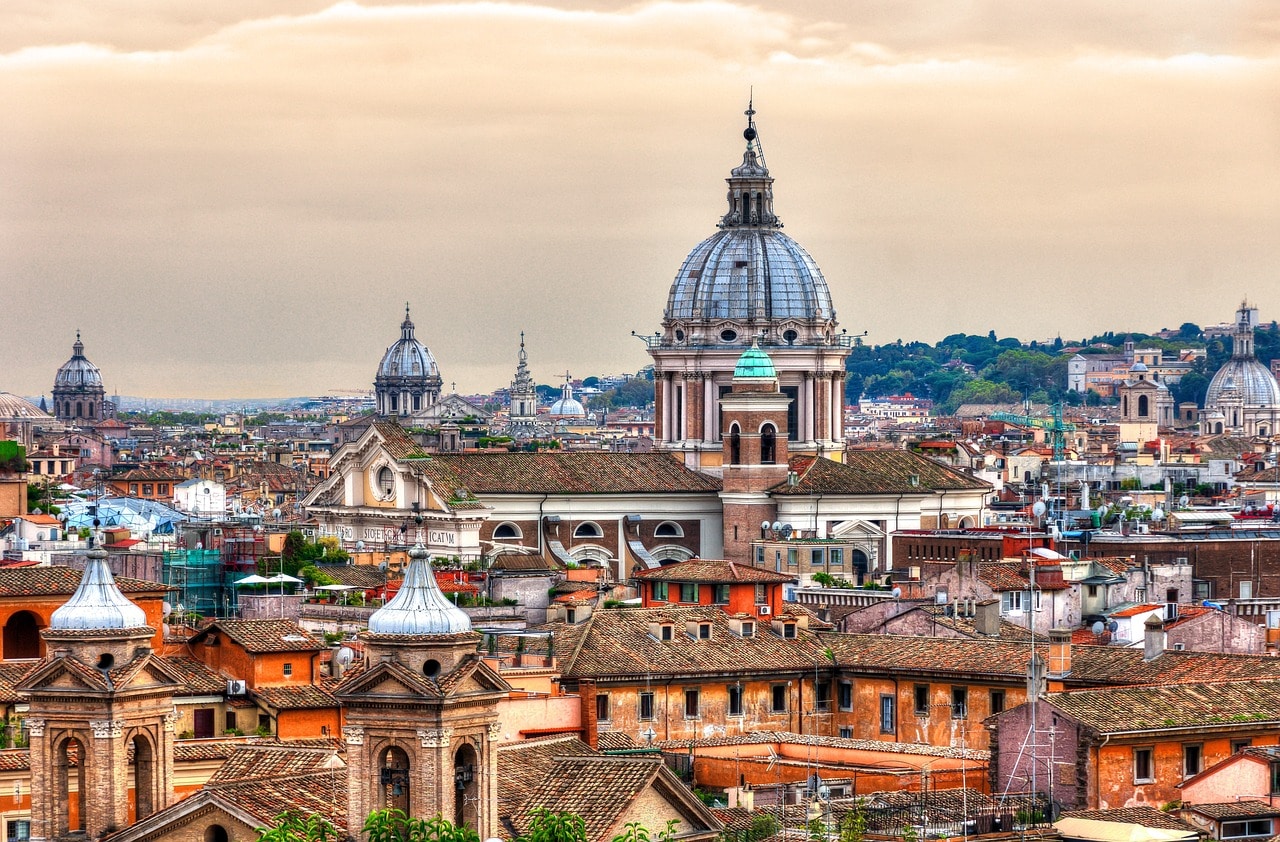
19. Rome – The Eternal City of Ancient Wonders
Rome is a living museum, a place where the remnants of a powerful empire blend seamlessly with vibrant street life, world-class food, and timeless charm. Every corner of the Eternal City seems to hold a piece of history, from majestic ruins to Renaissance palaces.
Must-see attractions include:
- The Colosseum, where gladiators once battled before tens of thousands.
- The Roman Forum, offering a glimpse into ancient public life.
- Vatican City, home to the Sistine Chapel and St. Peter’s Basilica.
But Rome isn’t just about ruins. Spend an afternoon in Trastevere wandering cobblestone alleys, sipping espresso in Piazza Navona, or tossing a coin into the Trevi Fountain to ensure your return.
Travel tips:
- Visit during spring or fall for pleasant weather and fewer crowds.
- Use comfortable shoes, much of the city is best explored on foot.
- Try Cacio e Pepe or Amatriciana at a local trattoria.
Pro tip:
- Consider a nighttime walking tour, the landmarks are beautifully lit and the crowds are smaller.

18. Verona – Romance, Roman Ruins, and Shakespearean Lore
Often overshadowed by nearby Venice and Milan, Verona is one of Italy’s most underrated gems. Best known as the setting for Shakespeare’s Romeo and Juliet, this charming city offers a mix of romance, history, and vibrant piazzas, all with fewer crowds than Italy’s larger cities.
Top attractions include:
- Juliet’s House, complete with a balcony and statue (yes, tourists really rub her arm for luck)
- The Verona Arena, a Roman amphitheater that still hosts concerts and operas
- Piazza delle Erbe, a lively market square surrounded by medieval buildings and frescoes
Verona’s manageable size makes it perfect for strolling. Cross the Adige River to reach quieter neighborhoods, dine in family-run osterias, and explore the city’s hidden gardens and viewpoints.
Travel tips:
- Visit in late spring or early fall for beautiful weather without high-season crowds
- Try local specialties like risotto all’Amarone and Pandoro (especially around the holidays)
- Verona is well connected by train, it’s a perfect day trip or overnight stop from Venice or Milan
Pro tip:
- Climb Torre dei Lamberti for panoramic views over the city’s red rooftops and bell towers.
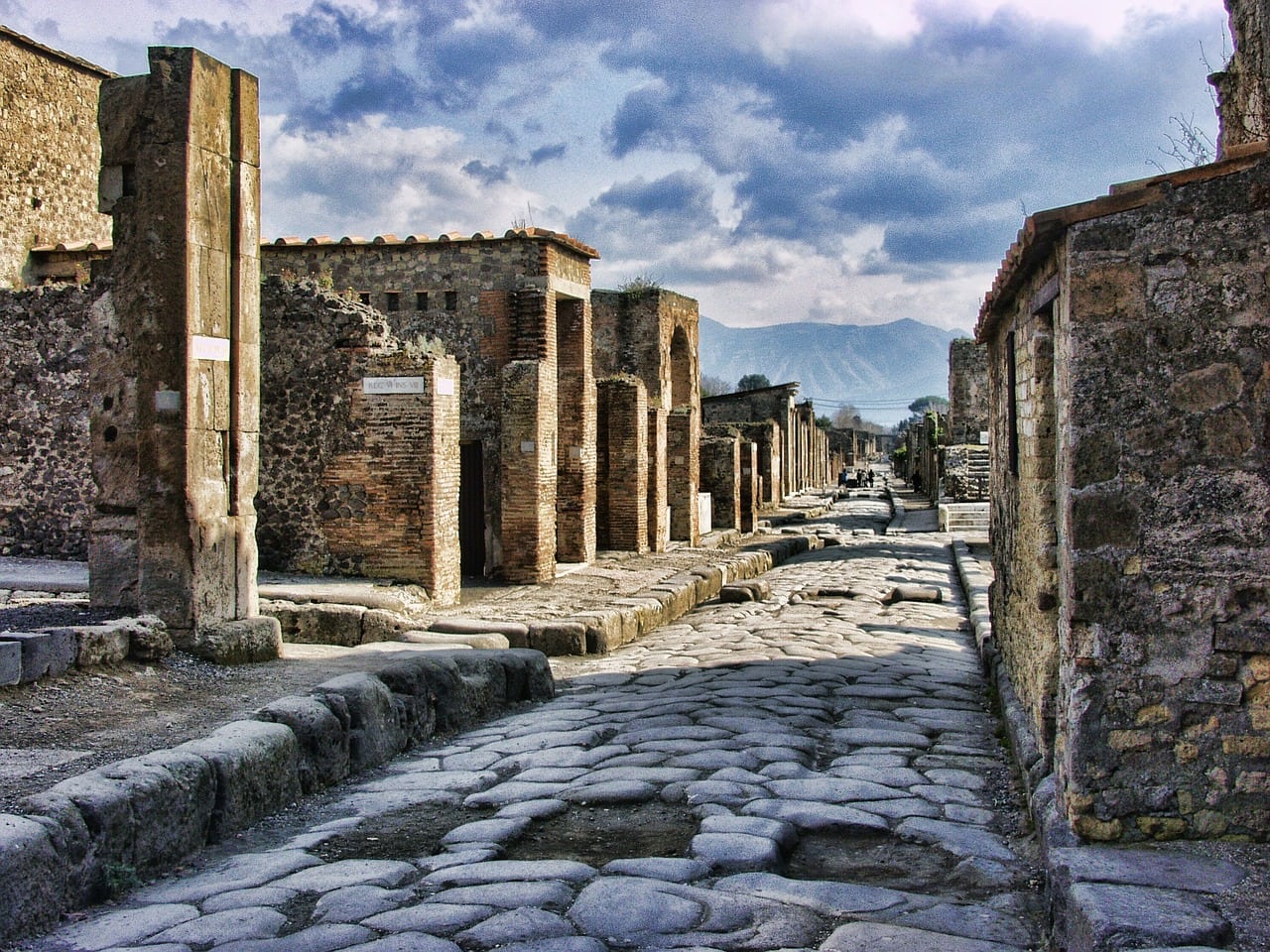
17. Pompeii – A City Frozen in Time
Visiting Pompeii is like stepping into a time capsule. When Mount Vesuvius erupted in 79 AD, it buried this Roman city under ash and pumice, preserving streets, homes, mosaics, and even people in astonishing detail. Today, it’s one of the world’s most famous archaeological sites and a powerful reminder of nature’s force.
Walking through Pompeii’s ruins reveals bakeries with ovens still intact, temples, amphitheaters, fresco-covered villas, and casts of victims caught in the eruption.
Top experiences:
- Visit the Villa of the Mysteries, with its stunning preserved frescoes
- See the Forum, baths, and the haunting Plaster Casts of Victims
- Combine your visit with a hike up Mount Vesuvius for panoramic views
Travel tips:
- Wear a hat and bring water, much of the site is unshaded and expansive
- Hire a guide or download an audio tour app to understand what you’re seeing
- Arrive early or late to avoid midday crowds and heat
Pro tip:
- Combine Pompeii with a visit to Herculaneum, a smaller but better-preserved site nearby.

16. Taormina – Cliffside Views and Sicilian Glamour
Taormina is Sicily’s jewel, a hilltop town that combines ancient ruins, stunning coastal views, and elegant charm. With its perfect location overlooking the Ionian Sea and Mount Etna, it’s long attracted writers, artists, and celebrities. The town is compact but full of life, with chic boutiques, seafood restaurants, and historic landmarks.
Top things to do:
- Visit the Ancient Greek Theatre, still used today for concerts and festivals
- Take the cable car down to the beach at Isola Bella, a tiny island nature reserve
- Walk along Corso Umberto, Taormina’s main street, lined with shops and cafés
Travel tips:
- Visit in May, June, or September to avoid peak heat and crowds
- Make a day trip to Mount Etna for hiking or guided 4×4 volcano tours
- Enjoy a traditional granita and brioche for breakfast
Pro tip:
- Stay at least one night — Taormina is even more magical after the day-trippers leave.
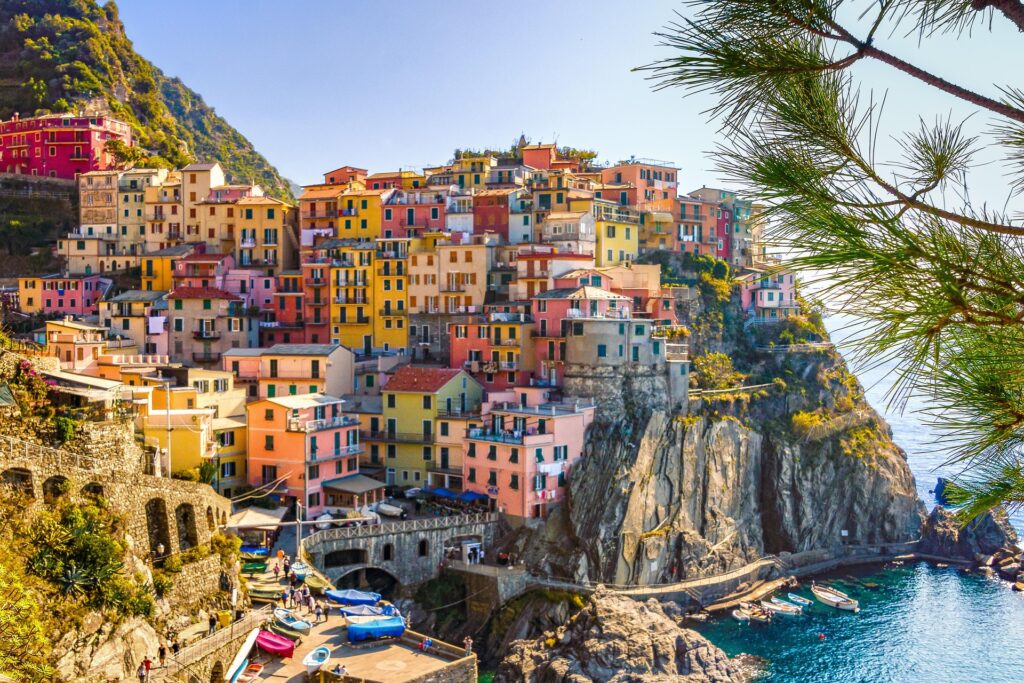
15. Cinque Terre – Cliffside Villages and Coastal Trails
Cinque Terre is a postcard-perfect stretch of Italy’s Ligurian coast made up of five colorful fishing villages: Monterosso, Vernazza, Corniglia, Manarola, and Riomaggiore. Perched on rugged cliffs above the sea, they’re linked by scenic hiking trails, train lines, and boat routes.
Each village offers its own flavor, from the beaches of Monterosso to the romantic harbor of Vernazza and the pastel homes of Manarola glowing at sunset. The surrounding hillsides are covered in vineyards and lemon groves, giving you stunning views at every turn.
Top experiences:
- Hike the Sentiero Azzurro trail that connects all five villages
- Try focaccia, fresh pesto, and local white wine
- Swim in the crystal-clear waters or rent a kayak to explore hidden coves
Travel tips:
- Avoid driving — parking is limited. Use the Cinque Terre Express train or ferry.
- Visit in May or September for ideal weather without the summer crowds.
- Wear proper walking shoes, even within the villages, streets are steep and uneven.
Pro tip:
- Stay overnight in one of the quieter villages like Corniglia to enjoy peaceful mornings before the day-trippers arrive.
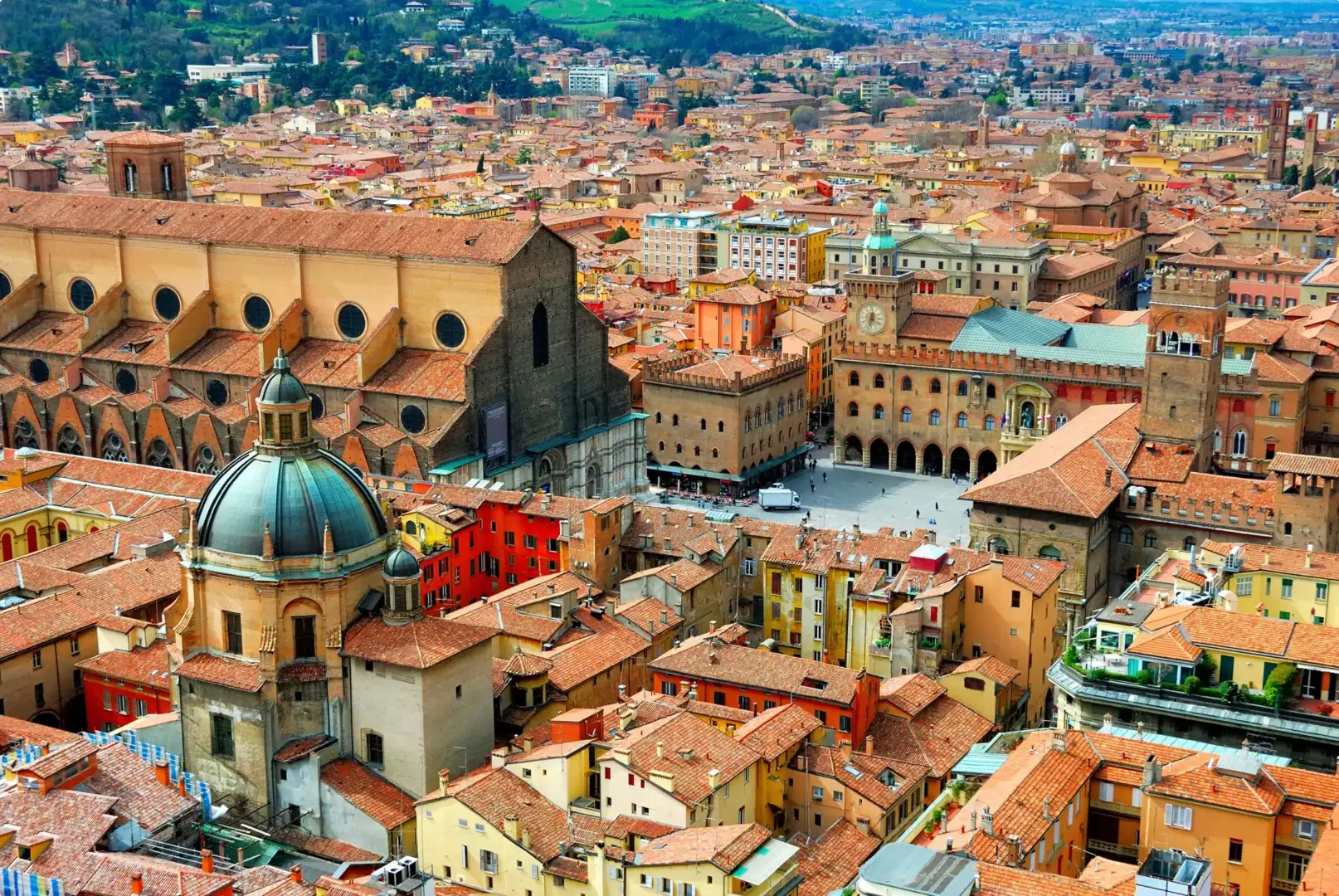
14. Bologna – Culinary Capital and Medieval Charm
Often skipped by first-time visitors, Bologna is a hidden gem that offers some of Italy’s best food, preserved medieval architecture, and a refreshingly local vibe. Nicknamed La Grassa (The Fat One) for its rich cuisine, Bologna is the birthplace of beloved dishes like tagliatelle al ragù (often misnamed as “spaghetti bolognese”).
The historic city center is covered in elegant porticoes (arched walkways) that stretch for miles, making it perfect to explore rain or shine. You’ll also find Italy’s oldest university, lively student culture, and charming old markets.
Top things to do:
- Climb the Asinelli Tower for views over the red rooftops
- Visit Piazza Maggiore and the giant Basilica di San Petronio
- Explore the medieval Quadrilatero market for fresh pasta, cheeses, and cured meats
Travel tips:
- Visit in spring or fall to enjoy food festivals and comfortable weather
- Take a cooking class, Bologna is ideal for hands-on culinary experiences
- Don’t forget to try mortadella, lasagne verdi, and tortellini in brodo
Pro tip:
- Skip the train station snacks, grab a bite at Mercato delle Erbe or a local trattoria just a few blocks away.
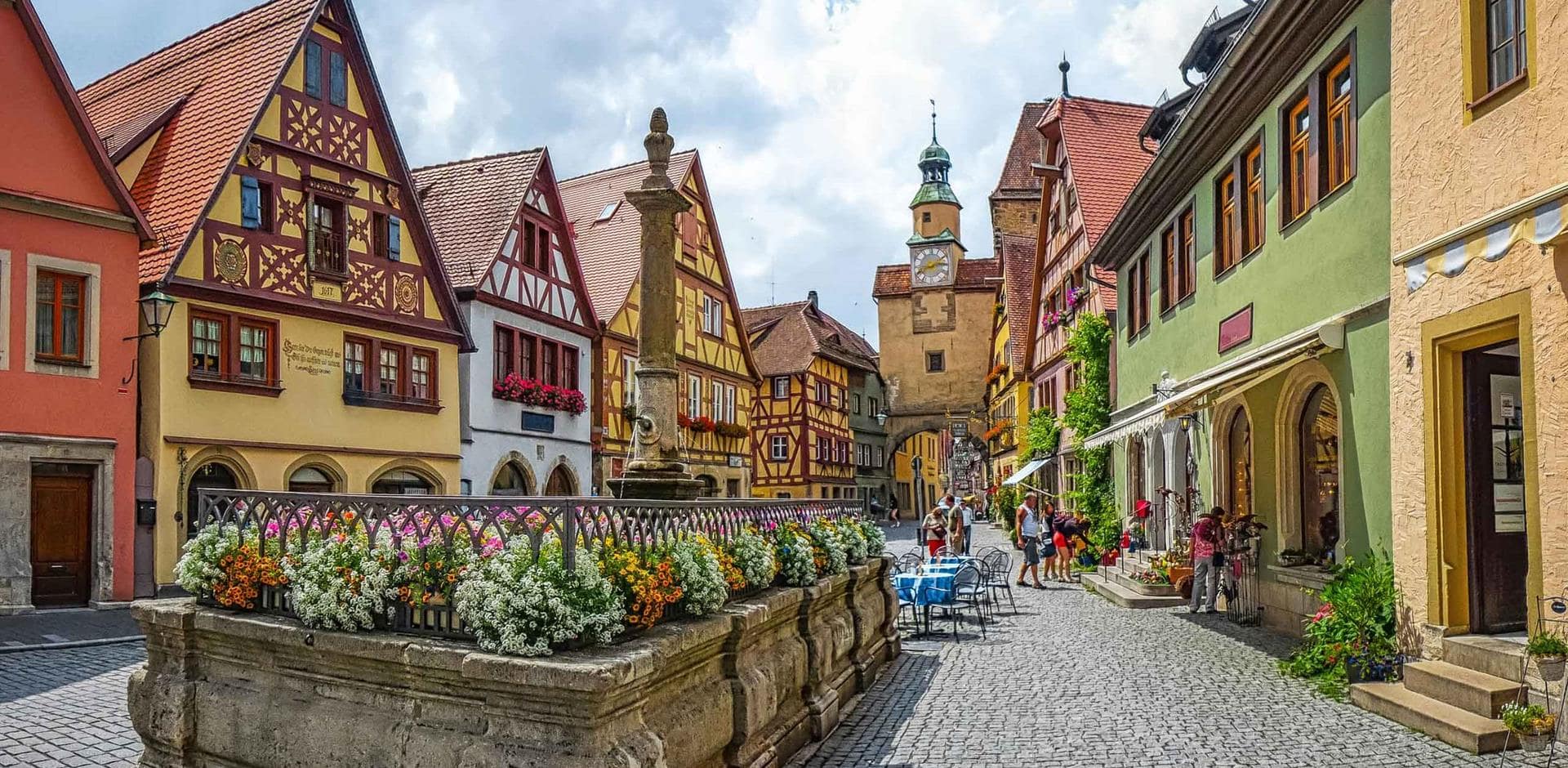
13. Ravenna – Mosaics, History, and Byzantine Brilliance
Ravenna may not be on every tourist’s radar, but it’s one of Italy’s most culturally significant cities, once the capital of the Western Roman Empire and later a hub of Byzantine art. It’s most famous for its dazzling mosaics, some of the most well-preserved in the world.
The city is home to eight UNESCO World Heritage Sites, including basilicas, baptisteries, and mausoleums that glow with gold and gemstone-colored glass. If you’re an art, history, or architecture lover, Ravenna is an absolute must.
Top things to do:
- Marvel at the mosaics in Basilica di San Vitale and the Mausoleum of Galla Placidia
- Visit the tomb of Dante Alighieri, author of The Divine Comedy
- Stroll through quiet cobbled streets filled with cafes and artisan shops
Travel tips:
- Ravenna is perfect for a day trip from Bologna or Florence
- The city is very walkable, you can see most major sites in one full day
- Consider buying a combined ticket for all mosaic sites to save money
Pro tip:
- Bring a camera with a zoom lens, the intricate details of the mosaics are jaw-dropping up close.
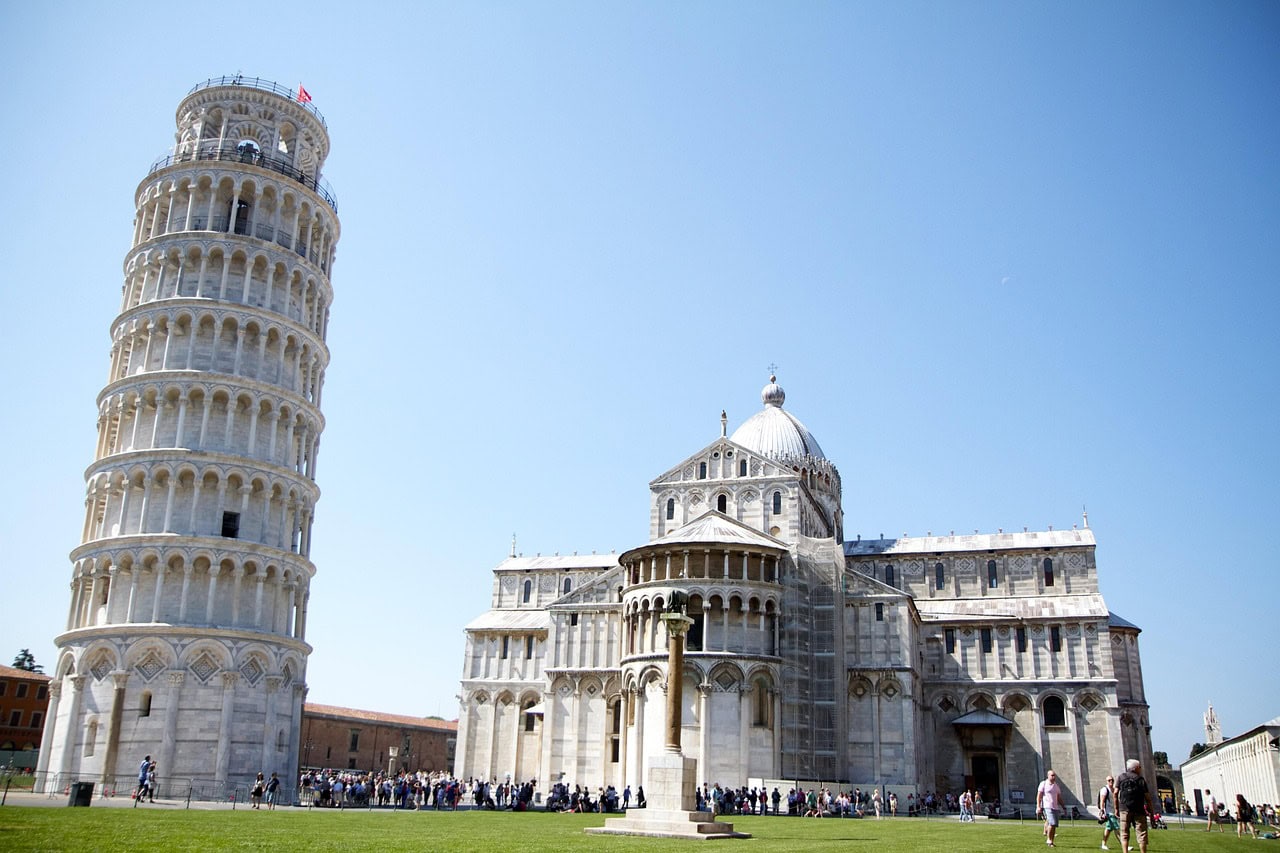
12. Pisa – More Than Just the Leaning Tower
Yes, the Leaning Tower of Pisa is a world-famous icon, and it really is a sight to behold in person. But Pisa offers much more than just one photo-op. Located in Tuscany near the coast, it’s a university town with a rich history, scenic riverbanks, and quieter neighborhoods beyond the tourist zone.
The Piazza dei Miracoli (Square of Miracles) includes not just the tower, but also the stunning Cathedral of Pisa, the Baptistery, and the Camposanto (monumental cemetery), all built in brilliant white marble.
Top things to do:
- Climb the Leaning Tower (advance booking recommended!)
- Visit the Museo dell’Opera del Duomo for historical context and artifacts
- Walk along the Arno River or relax in the peaceful Botanical Gardens
Travel tips:
- Go early in the day to beat the crowds and heat
- Combine Pisa with nearby Lucca for a great day trip combo
- Stay overnight to enjoy the city’s university-town energy after the tourists leave
Pro tip:
- Instead of just posing with the tower, take time to walk the city walls for panoramic views of Pisa from above.
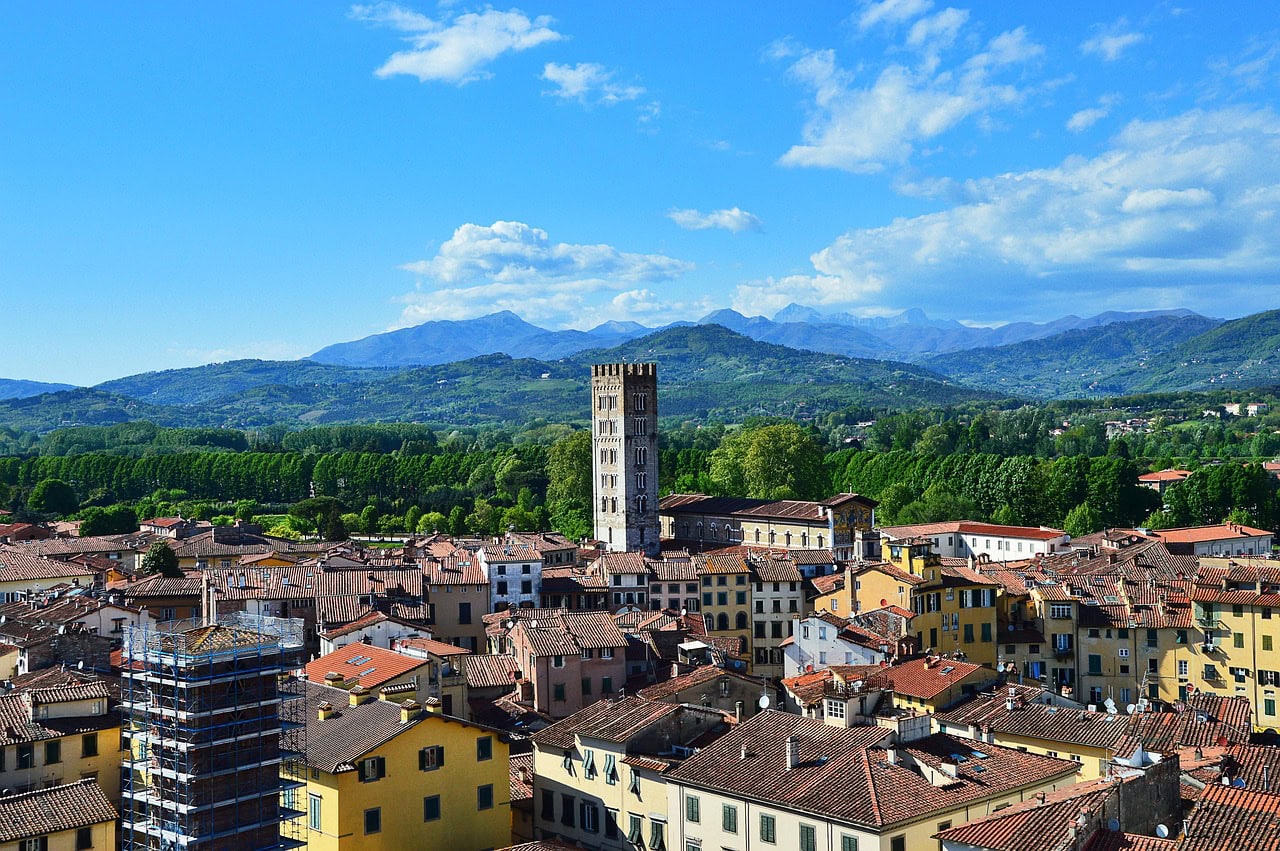
11. Lucca – Hidden Gem with Renaissance Walls and Quiet Charm
Tucked between Pisa and Florence, Lucca is a small Tuscan city with a big personality. Known for its perfectly preserved Renaissance-era city walls, Lucca offers a peaceful, authentic experience without the crowds of larger destinations. You can walk or bike the entire perimeter atop the walls, which are now shaded tree-lined paths overlooking the city’s red-roofed skyline.
Inside the walls, you’ll find cobblestone streets, Romanesque churches, and quiet piazzas where locals gather. Music lovers will also appreciate that Lucca is the birthplace of composer Giacomo Puccini.
Top things to do:
- Rent a bike and cycle the city walls
- Climb Torre Guinigi, a tower with oak trees growing on top
- Visit the Puccini Museum and catch a live opera concert
Travel tips:
- Visit in spring or fall for pleasant weather and smaller crowds
- Try local dishes like farro soup and tordelli lucchese
- Lucca is a great base for day trips across northern Tuscany
Pro tip:
- Plan your visit during the Lucca Summer Festival (July) for open-air concerts in Piazza Napoleone.

10. Siena – Medieval Splendor and Timeless Traditions
With its terracotta rooftops, winding alleys, and stunning Gothic architecture, Siena is one of the most atmospheric towns in Tuscany. Its well-preserved medieval center, a UNESCO World Heritage Site, transports you back in time. Siena’s dramatic hilltop setting and deep-rooted traditions make it feel worlds away from modernity.
The heart of the city is Piazza del Campo, a shell-shaped square where the famous Palio di Siena horse race is held twice a year. Siena’s magnificent Cathedral (Duomo di Siena) is one of the most striking in Italy, inside and out.
Top things to do:
- Tour the Duomo and its intricate marble floors and library
- Climb the Torre del Mangia for panoramic views
- Visit the Civic Museum to see frescoes of Siena’s history and values
Travel tips:
- Siena is ideal for a day trip from Florence or as a stop on a Tuscan road trip
- Book in advance if visiting during the Palio (July or August), it draws huge crowds
- Don’t leave without trying panforte or ricciarelli sweets
Pro tip:
- Arrive early or stay overnight to experience the city without the midday tour groups.

9. Florence – Renaissance Art and Tuscan Elegance
Florence is the heart of the Italian Renaissance, a city overflowing with artistic treasures, stunning architecture, and culinary delights. It’s where masterpieces by Michelangelo, Botticelli, and da Vinci meet centuries-old churches and bustling piazzas.
Top experiences:
- Admire Michelangelo’s David at the Galleria dell’Accademia.
- Climb the Duomo for panoramic views of Florence’s red-tiled rooftops.
- Wander the Uffizi Gallery, home to “The Birth of Venus” and other classics.
Outside the museums, Florence charms with riverside walks along the Arno, romantic views from Piazzale Michelangelo, and shopping in leather markets.
Travel tips:
- Stay near the historic center for easy access to major sites.
- Book museum tickets in advance to avoid long lines.
- Sample Tuscan wines, truffle pasta, and bistecca alla Fiorentina.
Pro tip:
- Take a day trip to the nearby Chianti wine region or medieval towns like San Gimignano.

8. Lake Como – Alpine Lakeside Luxury
Nestled in the shadow of the Alps, Lake Como is one of Italy’s most stunning natural destinations. Surrounded by elegant villas, cypress trees, and picturesque towns, this Y-shaped lake has long been a playground for aristocrats and celebrities (yes, George Clooney still has a home here).
Highlights include:
- The resort town of Bellagio, known as “the Pearl of the Lake”
- Varenna, a quiet, romantic village with lakeside promenades
- The lavish gardens of Villa Carlotta and Villa del Balbianello
Lake Como’s beauty changes with the seasons — from snow-capped mountain reflections in winter to colorful blooms in spring. Ferries connect the towns, offering a scenic and convenient way to explore.
Travel tips:
- Visit in May to September for ferry service, warm weather, and villa access
- Stay in Menaggio or Varenna for charming, less touristy vibes
- Bring layers — mountain weather can shift quickly, even in summer
Pro tip:
- Take a mid-lake ferry pass to hop between towns all day without needing a car — it’s the best way to see the lake from the water.
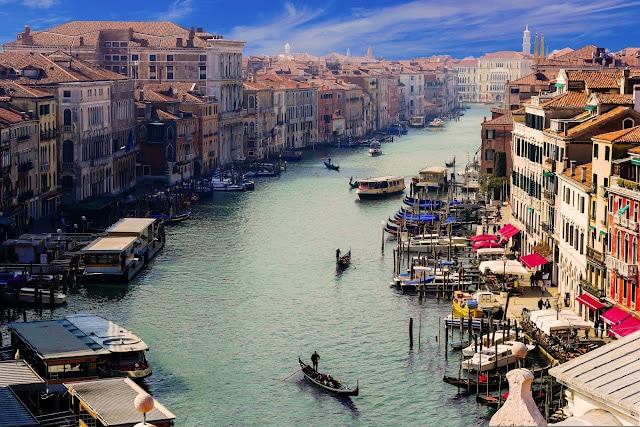
7. Venice – Canals, Culture, and Timeless Beauty
Venice is one of the most unique cities in the world, built on water and full of charm. With no cars in sight, the best way to explore is by foot or by boat, meandering through alleys and over bridges that reveal one jaw-dropping view after another.
Top attractions include:
- St. Mark’s Basilica and the stunning Piazza San Marco
- The Doge’s Palace and its Bridge of Sighs
- A romantic gondola ride through the narrow canals
But Venice’s magic is also in the quiet corners, discovering a hidden campo (square), dining by candlelight along a canal, or watching gondoliers pass by from a tiny stone bridge.
Travel tips:
- Visit in April–June or September–October to avoid peak tourist season.
- Stay overnight — the city becomes quiet and magical after day-trippers leave.
- Take a vaporetto (water bus) to the nearby islands of Murano (glassmaking) and Burano (colorful fishing village).
Pro tip:
- Skip restaurants right on Piazza San Marco, go a few blocks away for better prices and more authentic food.

6. Amalfi Coast – Italy’s Most Scenic Drive
The Amalfi Coast is Italy at its most romantic and dramatic, a series of cliff-hugging towns with breathtaking views of the Tyrrhenian Sea. Winding roads connect picturesque villages, each offering a mix of Mediterranean charm, historic sites, and delicious cuisine.
Top places to explore:
- Positano, with its stacked pastel buildings and chic boutiques
- Ravello, known for its cliff-top gardens and music festivals
- Amalfi, home to the impressive Duomo di Amalfi and scenic seafront promenade
The coast is perfect for slow travel: enjoy long lunches of seafood and limoncello, boat rides along the shore, or hikes through terraced lemon groves and mountain paths.
Travel tips:
- Avoid peak summer months, roads are crowded, and prices soar.
- Use ferries to get between towns instead of driving.
- Base yourself in Praiano or Minori for a quieter, more affordable stay.
Pro tip:
- Take the Path of the Gods (Sentiero degli Dei) hike for panoramic coastal views, it’s one of the most rewarding treks in Italy.
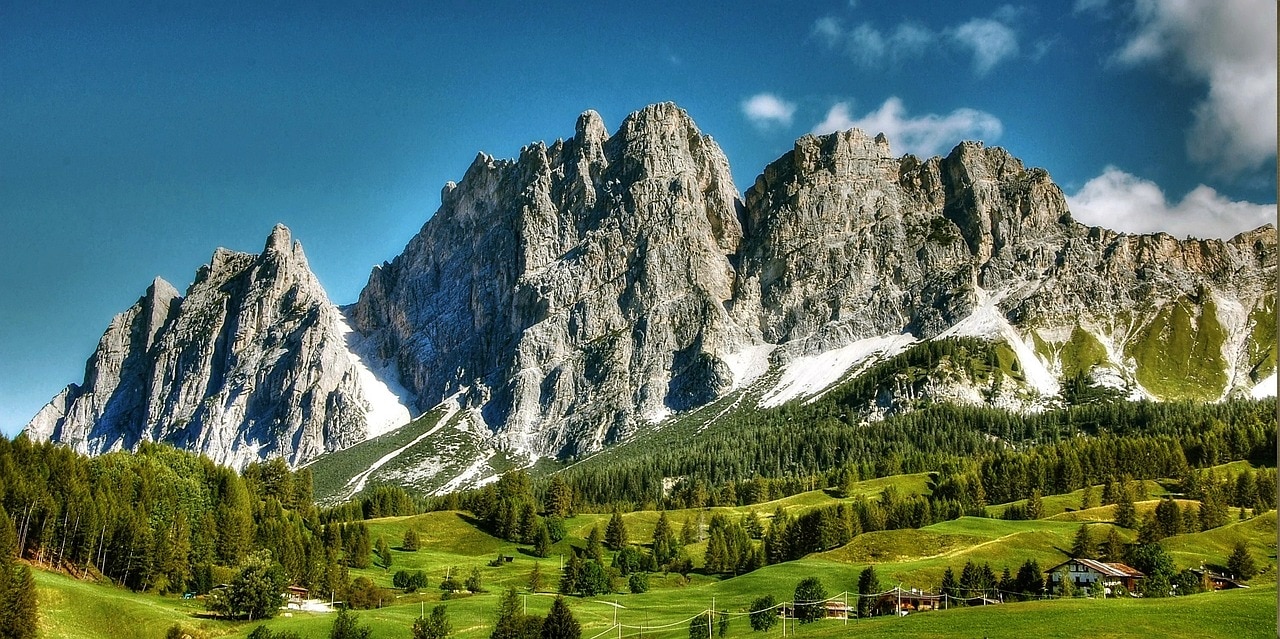
5. The Dolomites – Italy’s Alpine Playground
If you think Italy is only about pasta and piazzas, the Dolomites will change your mind. These jagged, snow-capped peaks in northern Italy offer some of Europe’s most dramatic alpine scenery. Whether you’re a hiker, skier, photographer, or road-tripper, the Dolomites deliver year-round beauty.
Top experiences:
- Drive the Great Dolomites Road for jaw-dropping views
- Hike around Lago di Braies or up to Seceda Ridge
- Visit Ortisei, Cortina d’Ampezzo, or Val Gardena for charming villages and ski resorts
Travel tips:
- Visit in summer for hiking and winter for skiing
- Book accommodations early, boutique hotels fill up quickly
- Sample speck, knödel, and Austrian-Italian hybrid dishes
Pro tip:
- If you’re short on time, visit Alpe di Siusi, Europe’s highest alpine meadow, perfect for easy trails and iconic photos.

4. Matera – Cave Dwellings and Southern Italian Soul
Matera is one of Italy’s most unique and visually stunning destinations. Carved into a rocky hillside in the southern region of Basilicata, the ancient Sassi di Matera are cave dwellings inhabited since the Paleolithic era, making this one of the oldest continuously inhabited places in the world.
Once considered one of Italy’s poorest cities, Matera has transformed into a cultural treasure and UNESCO World Heritage Site. Its labyrinth of caves, churches, and stone alleys creates an otherworldly atmosphere that’s earned it a starring role in films like The Passion of the Christ and No Time to Die.
Top things to do:
- Explore the Sassi cave districts and rock-hewn churches
- Visit the Casa Grotta museum to see how people once lived inside caves
- Stay in a luxury cave hotel for a truly immersive experience
Travel tips:
- Matera is best visited in spring or fall when temperatures are milder
- Bring good walking shoes, many areas are steep and uneven
- Combine Matera with a visit to Puglia for a southern Italy itinerary
Pro tip:
- Head to Belvedere Murgia Timone for the best panoramic view of Matera at sunset.

3. Capri – Island Glamour and Coastal Views
Capri is an island escape straight from a movie scene, famous for its turquoise waters, towering sea cliffs, and stylish atmosphere. It has long attracted celebrities, writers, and travelers looking for beauty and luxury in equal measure.
Highlights include:
- The Blue Grotto, a sea cave that glows with an ethereal blue light
- A chairlift ride to Monte Solaro, the highest point on the island
- The Gardens of Augustus, with sweeping views of the Faraglioni sea stacks
Capri has two main towns: Capri Town, which is bustling and glamorous, and Anacapri, a quieter, more traditional village with charming streets and fewer crowds.
Travel tips:
- Visit on a weekday or stay overnight, day-trippers leave by evening, and the island becomes serene
- Bring comfortable shoes, many streets are steep and pedestrian-only
- Take a boat tour around the island to see hidden coves and sea caves
Pro tip:
- Instead of expensive cafés in Capri Town, eat in Anacapri or pack snacks for scenic picnics with million-dollar views.
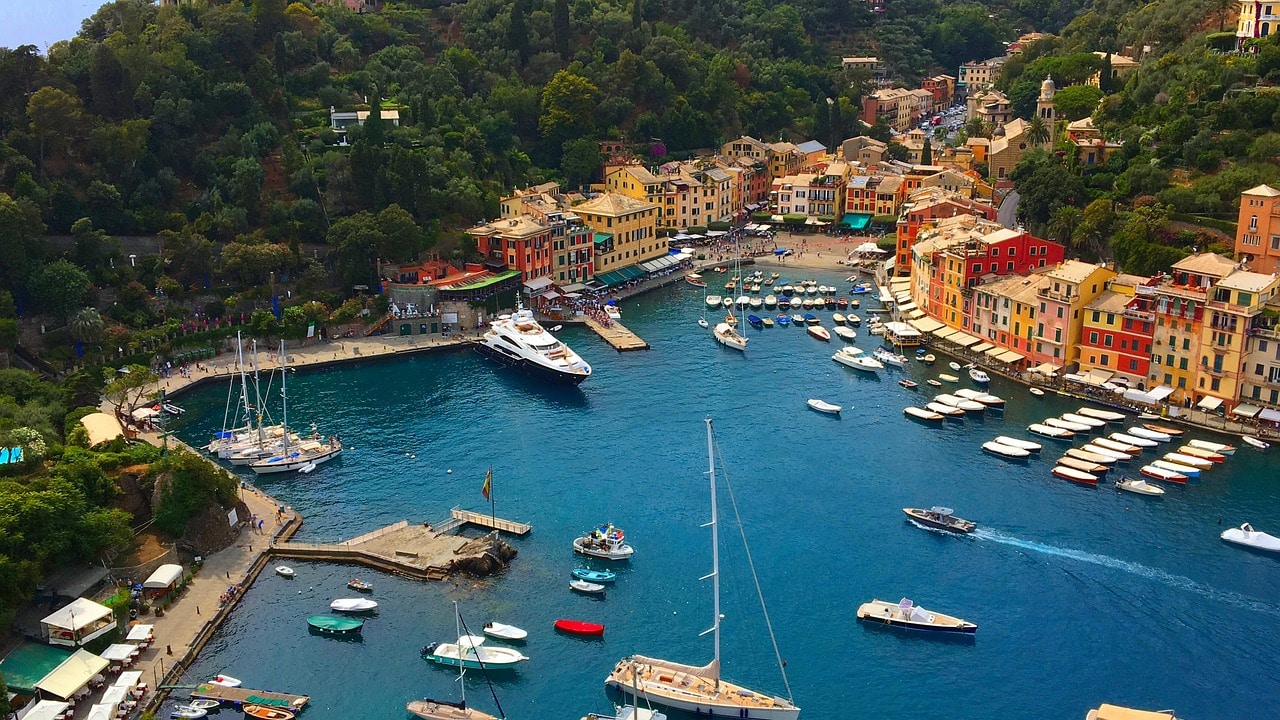
2. Portofino – Italian Riviera Glam with Coastal Charm
Tiny but unforgettable, Portofino is a picture-perfect fishing village on the Ligurian coast. Its pastel buildings curve around a small harbor filled with luxury yachts, and its steep hillsides are dotted with olive groves, pine trees, and scenic hiking trails.
Despite its reputation for luxury, Portofino is peaceful, romantic, and surprisingly low-key if you avoid peak summer weekends.
Top things to do:
- Walk to Castello Brown for sweeping views over the harbor
- Hike the coastal trail to San Fruttuoso Abbey, accessible only by foot or boat
- Enjoy a leisurely seafood lunch on the waterfront
Travel tips:
- Visit in April to June or September for fewer crowds
- Stay in nearby Santa Margherita Ligure or Camogli for more affordable options
- Arrive by ferry or boat for the most scenic entrance
Pro tip:
- If you’re into diving, San Fruttuoso is also home to the submerged Christ of the Abyss statue.

1. Lake Garda – Family Fun and Alpine Scenery
Lake Garda, Italy’s largest lake, offers a more laid-back and family-friendly alternative to Lake Como, with a wide range of activities, historic towns, and scenic drives. It stretches across three regions (Lombardy, Veneto, and Trentino-Alto Adige), meaning each side of the lake has its own personality.
Top spots include:
- Sirmione, a historic town on a narrow peninsula with a moated castle and Roman ruins
- Riva del Garda, great for windsurfing, hiking, and alpine views
- Malcesine, where you can ride a cable car up to Monte Baldo for hiking and paragliding
Lake Garda is ideal for families, active travelers, and those looking to combine nature with culture. Plus, it’s close to Verona and Venice, making it easy to add to a northern Italy itinerary.
Travel tips:
- Visit in late spring or early fall for good weather without the summer crowds
- Pack for outdoor activities, biking, swimming, sailing, and hiking are all big here
- Try local Garda wines and freshwater fish dishes
Pro tip:
- Sirmione gets packed by mid-morning, arrive early or stay overnight to explore its quieter, romantic side.
No matter what kind of trip you’re dreaming of, be it sipping wine in Tuscany, hiking dramatic alpine peaks, wandering ancient ruins, or island-hopping in the south, Italy has the power to surprise and inspire. With 21 remarkable destinations from every region of the country, you now have a road map to some of the best experiences Italy has to offer.
And while the big cities are iconic, don’t underestimate the charm of smaller towns and lesser-known regions, that’s where the soul of Italy often shines brightest.
📍Have you been to any of these destinations? Which one is your favorite, or which is next on your list? Let us know in the comments below!
You Might Also Like:
If you enjoyed this post on 21 Amazing Places To Visit In Italy, you might also like: Best Countries To Visit For Under $1000, Croatias Hidden Treasures A Guide To The Most Amazing Places, Traveling To Hidden Destinations.
